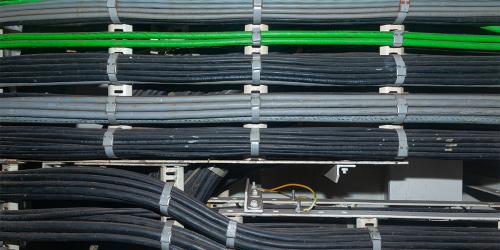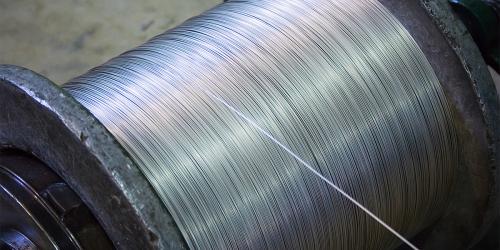Earlier this year, following the Russian invasion of Ukraine, the world saw a spike in the price of metals. This massively affected companies and people within the metal industry, with costs such as British nickel shooting up by 97%. Now, a few months later, what concerns the metal industry?
In the UK, and across Europe, there has been a battle with the cost of energy, with prices skyrocketing to amounts that people cannot afford. Unfortunately, this has had a huge knock-on effect on the industrial metal industry, and economists worry that another surge will impact it further.
Since mid-August, the S&P GSCI index (a composite index of commodities) of the industrial metals sector has dropped by more than 9%, nearly as close to its low point in July, where trade markets feared a global recession.
At the start of the Russian and Ukrainian war, prices of copper, aluminium, nickel, and iron ore all rocketed, but now they are down by 17%. This is due to the rising prices of energy, with metal-making companies and trades under severe pressure to keep up with customer demands. The price of copper has fallen by 6% to around $7,650 a tonne in over a week, which is significantly lower than its high in March of $10,600. Moreover, iron ore, a key steelmaking ingredient has fallen below $100 a tonne, from a high of $160 at the beginning of the year.
Although metal prices have plummeted, there was a price jump in European gas prices on the 5th of September 2022, rising by 17%. This was due to Russia suspending the flow of gas to Europe, consequently pushing prices towards record highs. Both businesses and customers are affected by the energy crisis, resulting in the cutting back of energy usage.
In China, the world’s largest consumer of raw metal products slipped into economic decline. China’s large factory sector saw a drop in new orders, which was the first fall in over 3 months, due to inflation prices. Unfortunately, according to the Deutsche Bank, Britain has the highest inflation rate and is likely to go into a recession, especially following the deterioration of the pound.
The metal industry has already been hit as a result of the energy prices, with manufacturing facilities of metal products shutting down across Europe. Dutch aluminium producer Aldel, has stated that it will halt metal production at one of its plants, and ArcelorMittal is going to turn off a blast furnace at a steelwork in Bremen, Germany.
To support businesses in the sector, companies such as the German bank, Commerzbank, have lowered prices for important base metals. This is in response to the concern over the strength of the economy in Europe, the US, and China.
Another factor which may affect the metal trade is the growing strength of the US dollar, which according to Malcolm Freeman, at Kingdom Futures (a commodity broking service in all the metals traded on the London Metal Exchange) is going to be used as an “interest rate weapon with more rises to come before the end of the year”, which along with demand concerns may negatively impact the industry.
Presently, the demand and supply for metal is supporting the sector however, this could change, and traders continue to be threatened by the rising energy prices. As we approach 2023, what does the future of the metal industry look like?






